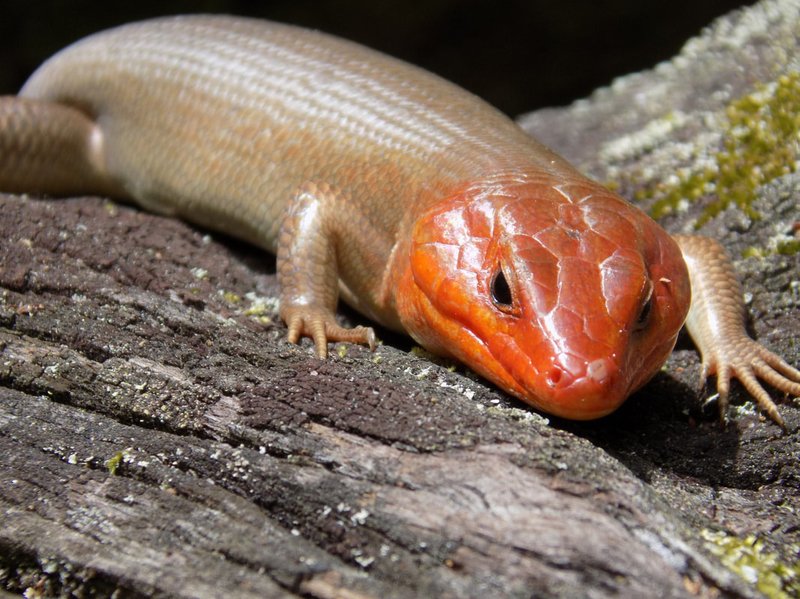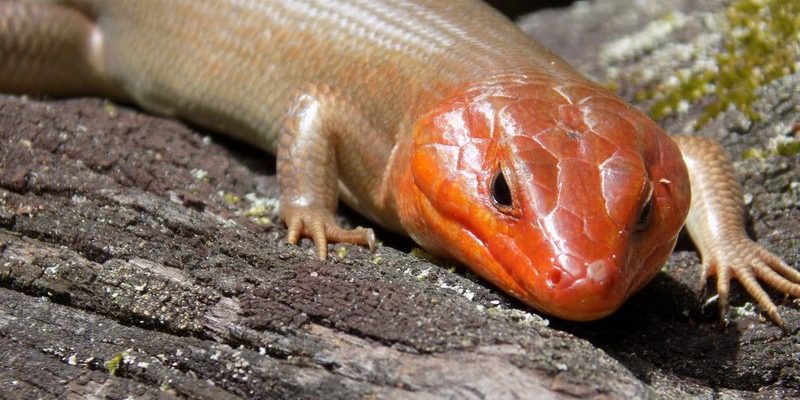
Skinks are fascinating creatures belonging to the family Scincidae, which features over 1,500 species worldwide. They thrive in diverse habitats, from forests and grasslands to deserts and urban areas. Their adaptability is impressive, and they offer valuable insights into the complexities of natural ecosystems. So, let’s dive deeper and explore how these little reptiles contribute to their habitats and what makes them so special.
What Exactly Is a Skink?
A skink is a type of lizard characterized by its smooth, shiny scales and elongated body. Unlike many other lizards, skinks have short legs and a more streamlined shape, which helps them navigate through their environment easily. They vary in color and size, ranging from just a few inches long to over three feet. Some have vibrant hues, while others blend in seamlessly with their surroundings.
One of the most remarkable features of skinks is their ability to regenerate their tails. If a predator grabs a skink by the tail, the skink can drop it and escape, later growing a new one. This adaptation not only helps skinks survive but also showcases nature’s ingenuity in providing creatures with the tools they need to thrive.
The Skink’s Diet: Nature’s Pest Control
Skinks are generally insectivorous, meaning their diet mainly consists of insects and other small invertebrates. You might find them munching on ants, beetles, crickets, and even slugs. By feasting on these critters, skinks help control pest populations, making them important allies for gardeners and farmers alike.
You might be wondering how skinks catch their food so efficiently. Well, skinks are quick and agile, making them adept hunters. Their keen eyesight helps them spot prey from a distance, and their darting movements allow them to pounce with precision. Not only do they help keep gardens healthy, but they also play a vital role in the food chain, serving as prey for larger animals like birds, snakes, and mammals.
Habitat Preferences: Where Do Skinks Call Home?
You’ll find skinks in various habitats, but they tend to prefer environments that provide plenty of cover. Think of places like woodlands, grasslands, and rocky areas, where they can hide from predators and find abundant food. Skinks are also commonly found in gardens and urban areas, where they can thrive alongside human activities.
These lizards are adept at adapting to different environments. While some species prefer humid tropical regions, others can handle arid deserts. Their adaptability speaks to the resilience of life, proving that even small creatures can flourish in challenging conditions. Just imagine a skink sunbathing on a warm rock in the desert, perfectly in tune with its surroundings.
The Importance of Skinks in the Ecosystem
Every creature has a role, and skinks are no exception. They contribute to their ecosystems in several key ways:
- Pest Control: As discussed, skinks help control insect populations, which keeps the balance in ecosystems and supports plant health.
- Soil Health: By breaking down organic matter through their diet, skinks contribute to nutrient cycling, ultimately enriching the soil.
- Food Source: Skinks are a vital food source for various predators, ensuring that energy passes through the food chain effectively.
Their presence often indicates a healthy environment, meaning if you spot a skink, it’s a good sign that the ecosystem is thriving.
Challenges Facing Skinks in the Wild
Unfortunately, skinks face several threats in their natural habitats. One of the most significant challenges is habitat destruction. Urban development, deforestation, and agriculture can lead to the loss of the places where skinks live and hunt. This not only drives skinks out but also disrupts the ecosystems they help maintain.
Another risk for skinks is climate change, which can alter their habitats and affect their food sources. Extreme weather events and rising temperatures are impacting where they can thrive. Additionally, invasive species can also threaten skinks, as they often compete for food and space, making survival more difficult.
Skinks and Humans: How We Can Help
As humans, we have the power to protect skinks and their habitats. One simple way to help is by creating wildlife-friendly spaces in our gardens. You can plant native plants, avoid using pesticides, and provide shelter like rocks or logs where skinks can hide and thrive.
Being aware of the environment and supporting conservation efforts also makes a difference. By educating ourselves about local wildlife and advocating for policies that protect natural habitats, we can contribute to the lasting survival of species like skinks.
Skinks may be small, but their impact on the environment is anything but insignificant. From controlling pests to serving as a food source, these lizards play essential roles in the ecosystems they inhabit. By understanding and appreciating these creatures, we can take steps to protect them and ensure they continue to thrive in their natural habitats.
Next time you spot a skink in your garden or out in nature, take a moment to appreciate its role in the larger web of life. Every little action counts when it comes to preserving our planet and its many remarkable inhabitants.

